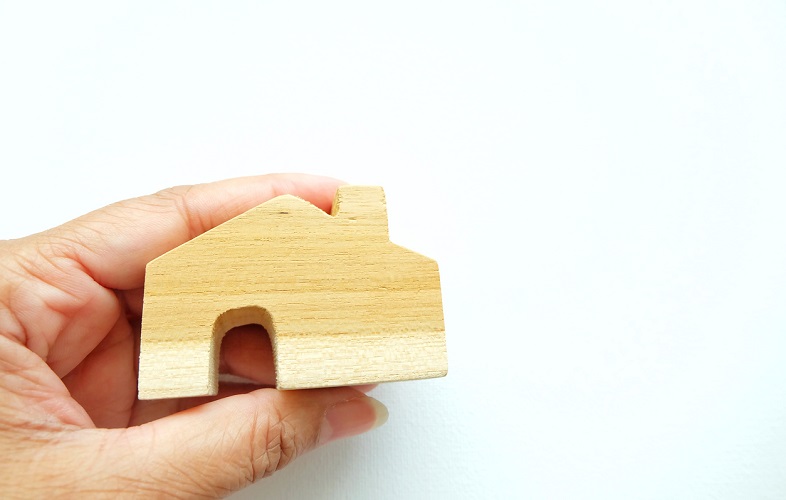Although acquiring the first property is an important milestone to almost every single person on earth, there are still plenty of “property newbies” who may not know much about the procedures of purchasing a second-hand property. In this regard, we have summed up the 8 steps you can take when purchasing a second-hand property so that you can be well-prepared when the opportunity approaches!
First thing first, find your dream flat. As the internet becomes more and more easily accessible, a significant proportion of real estate agencies started to disseminate property related information via their website and mobile app so that prospective buyers can obtain the latest information pertaining to the property market, properties listed for sale and tips on property purchases. In addition, prospective buyers can also enjoy thoughtful functions like mortgage calculator and troubleshooting services like online live chat so that they are equipped with useful information anytime and anywhere. Of course, visiting the nearest branch to seek advice from real estate agents and inspecting the desired property in person would also be great options!
Upon finding your dream flat, the next step is to find a bank for property valuation and determine the mortgage terms, such as the mortgage interest rate and the repayment period. With the property valuation, the buyer can then bargain with the seller on the property price until both parties have come to a consensus.

A Provisional Agreement for Sale and Purchase (the Provisional Agreement) will be signed after the transacted price, transaction date and other basic terms have been decided and the buyer will then be required to pay the initial deposit (usually 3% to 5% of the transacted price). With a copy of the signed Provisional Agreement, the buyer can submit a formal mortgage application to their desired banks. In general, we suggest buyers conduct thorough research on the mortgage plans and offers of various banks in advance and only submit mortgage applications to 3 to 4 banks at maximum as sending mass mortgage applications may exert adverse impact on one’s personal credit.
One must engage a solicitor when it comes to the signing of the Formal Agreement for Sale and Purchase (the Formal Agreement). In general, the seller will seek a solicitor’s help in drafting the Formal Agreement and send it to the buyer’s solicitor for review until both parties are satisfied with the relevant terms.
In most cases, the Formal Agreement will be signed within 14 days after the date of the Provisional Agreement. Then, the buyer will pay the stamp duty and further deposit (usually 5% to 7% of the transacted price so that the sum of the initial and further deposit will be 10% of the purchase price) through his representing solicitor who will arrange the stamping and registration of the Formal Agreement at the Land Registry. However, it is worth noting that if the buyer fails to sign the Formal Agreement within stipulated date, he will be deemed to have withdrawn from the transaction and the seller has the right not to return the initial deposit paid.
The buyer must sign the mortgage deed on or before the transaction date which can be co-decided by the buyer and the seller, and is usually scheduled within one month after the signing of the Formal Agreement. Upon the signing of the mortgage deed, the bank involved will send the granted loan to the seller on behalf of the buyer.
Property buyers are advised to conduct a final property inspection on or before the transaction date to ascertain that the delivery of vacant possession by the seller can be done smoothly without any occupants or arrears that are not stated in the Formal Agreement. Then, upon the review of the title deed, the assignment will be signed, stamped and registered at the Land Registry and the seller will pass the key for the property to the buyer after the balance of the purchase price has been settled.

If the buyer has applied for mortgage from a bank, the title deed will be kept by the bank until the mortgage loan has been completely paid off.
In general, the entire transaction process for a second-hand property may last for around 1.5 to 2 months. Given that buyers may need to pay close attention to a lot of details due to the sophisticated purchase procedures, it is suggested that they seek help from a professional real estate agent to make the whole journey smoother!
Customer Hotline: 2311-1200


